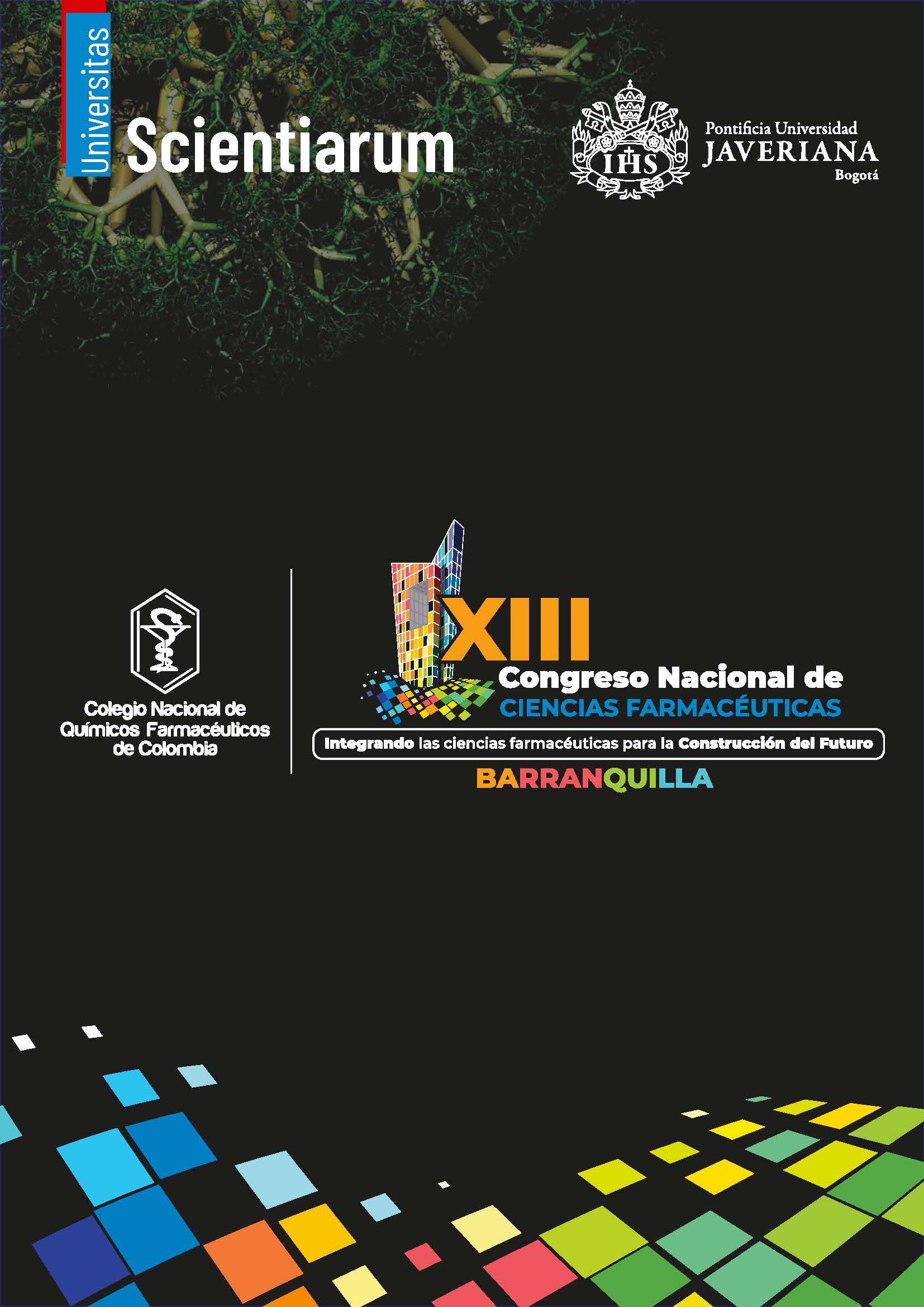Abstract
The presence of emerging contaminants, such as pharmaceuticals, in different water sources has been increasingly studied in recent years due to their long-term negative effects on the environment and human health. Considering that conventional wastewater treatment methods are unable to adequately remove these contaminants, it is necessary to explore alternative solutions. In this study, the adsorption capacity of raw diatomite in the removal of Losartan from synthetic aqueous solutions was evaluated. A factorial experimental design was applied to assess the effect of initial Losartan concentration (5 mg/L, 10 mg/L, 20 mg/L, 30 mg/L, 40 mg/L, and 50 mg/L), initial solution pH (5, 7, and 9), and adsorbent dose (250 mg/100 mL, 500 mg/100 mL, and 1000 mg/100 mL) on adsorption capacity of diatomite and removal efficiency at constant temperature. In addition, the inorganic functional groups of diatomite and Losartan were analyzed using Fourier transform infrared spectroscopy (FTIR), and the point of zero charge (PZC) of the material was determined to establish possible correlation with equilibrium behavior. The experimental data were fitted to the Freundlich isotherm model to describe the adsorption process. The adsorption results showed that diatomite achieved a maximum removal percentage of 98.26 % with an adsorbent dose of 1000 mg/100 mL, an initial Losartan concentration of 30 mg/L, and a pH of 5. Average removal exceeded 90.0 % in most experimental conditions. Adsorption capacity increased with initial Losartan concentrations and lower adsorbent doses. The Freundlich model confirmed that the adsorption process was favorable. These findings demonstrate that diatomite exhibits high removal percentage efficiency and adsorption capacity for the elimination of Losartan, supporting its potential as a suitable adsorbent material for the elimination of pharmaceutical emerging contaminants.

This work is licensed under a Creative Commons Attribution-NonCommercial 4.0 International License.


